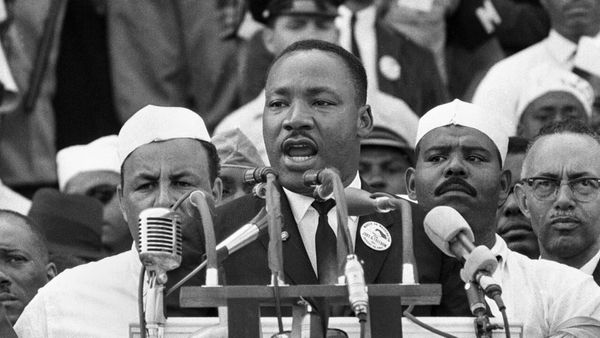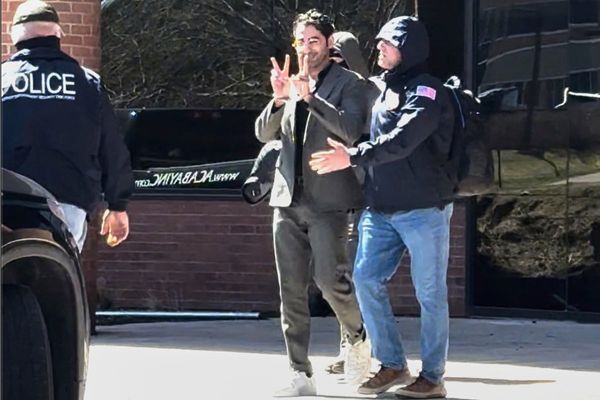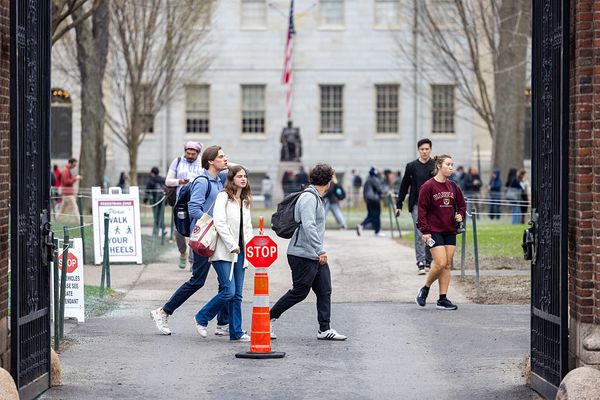Sudan’s civil war has devastated the country and strained relations with neighbouring South Sudan. Events in January 2025 have stirred up xenophobic feelings in Sudan and outrage in its southern neighbour, heightening the risk of regional instability.
Early in the year, the Sudanese Armed Forces captured Wad Madani, a town in Sudan’s central Al Gazira state. The paramilitary Rapid Support Forces had seized control of the town at the start of Sudan’s civil war in April 2023.
In the days following the army’s takeover of Wad Madani, various images and videos surfaced online. They showed brutal reprisals from the soldiers, including systemic killings and torture. Some of these acts were ethnically targeted against South Sudanese workers employed in the region’s agricultural schemes.
These images sparked outrage in South Sudan. This led to anti-Sudanese riots in the capital Juba and other cities on 16 January 2025, resulting in fatalities, injuries and widespread looting.
The Sudanese army formed a committee to investigate the attacks in Wad Madani. The credibility of these investigation is questionable, however, given that the committee is composed of army loyalists.
Further hurting the investigation’s credibility was a statement a few days later from the army’s second-in-command, Mohamed al-Atta, alleging that South Sudanese fighters constitute 65% of the Rapid Support Forces.
These events have strained relations between Sudan and South Sudan, compounding an already volatile association.
They also highlight a war strategy the Sudanese army is pursuing to gain domestic support: that the Rapid Support Forces is primarily composed of foreigners, in this case, South Sudanese fighters.
Read more: War in Sudan puts South Sudan in danger too: the world’s youngest nation needs a stable neighbour
This rhetoric has been fuelled by historical tensions between Sudan and South Sudan arising from the liberation war and the latter’s subsequent independence. South Sudan’s independence resulted in the loss of valuable oil resources for Sudan.
Further, the narrative that the Rapid Support Forces largely comprises foreign fighters – helpfully for the army – feeds and taps into nationalistic and xenophobic sentiments in Sudan. These sentiments date back to the post-independence efforts of the ruling elite to establish an Islamic and Arab state. This marginalised smaller ethnic groups.
The army’s rhetoric is further supported by the overlap of tribal and ethnic affiliations across Sudan’s borders, including South Sudan and Chad. There are also the numerous reports of the paramilitary group receiving support from foreign players like the United Arab Emirates.
I have studied transition processes and conflict dynamics in Sudan and South Sudan for more than 15 years. In my view, the army has used the narrative that the Rapid Support Forces is a foreign one to rally domestic support – and distract attention from its own actions and failures.
The strategy
The leadership of the Sudanese Armed Forces has frequently emphasised the Rizeigat origins of the paramilitary forces’ leader, Mohamed Hamdan Dagalo, or Hemedti.
The Rizeigat tribe spans both the Darfur and Chad border. This has supported claims that the Rapid Support Forces includes Chadians. Reports of the paramilitary group recruiting in Chad and the presence of Chadian militants in Khartoum have further reinforced this portrayal.
When it comes to South Sudanese involvement, there is documented evidence of South Sudanese fighters participating in the Sudan conflict. However, the scale of their involvement is grossly overstated. Even the highest estimates from my research contacts suggest fewer than 5,000 South Sudanese fighters have been involved. This is a mere fraction of the Rapid Support Forces’ estimated 100,000-strong militia.
Read more: Sudan is burning and foreign powers are benefiting – what's in it for the UAE
Another contributing factor to the narrative around South Sudanese involvement is the South Sudan People’s Movement/Army. This is an opposition group that operates along the Sudan-South Sudan border. It targets South Sudanese government forces, sometimes using Sudan as a base of operations.
Since the onset of the war, I have learned in the course of my work that some South Sudan People’s Movement/Army troops have aligned with the Rapid Support Forces and participated in battles across Khartoum. Others have used their time in Sudan to acquire weapons and supplies for operations in South Sudan.
However, these opposition fighters are primarily motivated by pragmatic considerations. These include access to resources and political leverage, rather than any ideological alignment with the paramilitary group’s broader goals. These goals include reshaping the power dynamics in Sudan.
The South Sudanese group’s leader Stephen Buay has formally denied any links with the Rapid Support Forces. However, he has occasionally praised the paramilitary troops’ push against the Sudanese army.
Buay is participating in peace talks in Nairobi, where he has collaborated with other South Sudanese opposition figures to form a new joint force. This underscores his focus on South Sudan rather than Sudan.
The implications
Against this background, al-Atta’s claim that South Sudanese fighters make up most of the Rapid Support Forces is best understood as part of a broader strategy to justify the army’s actions and rally nationalist sentiment.
This strategy, however, worsens ethnic and regional tensions. It scapegoats South Sudanese fighters and further entrenches divisions between the two nations.
Read more: How militia groups capture states and ruin countries: the case of Sudan's Rapid Support Forces
This rhetoric aligns with the Sudanese army regime’s broader propaganda efforts, which frequently vilify perceived outsiders or adversaries to consolidate power and justify its actions on the battlefield.
This approach risks perpetuating the cycle of violence, mistrust and regional instability.
Jan Pospisil receives funding from the UK Foreign, Commonwealth and Development Office (FCDO) through the PeaceRep research programme.
This article was originally published on The Conversation. Read the original article.







